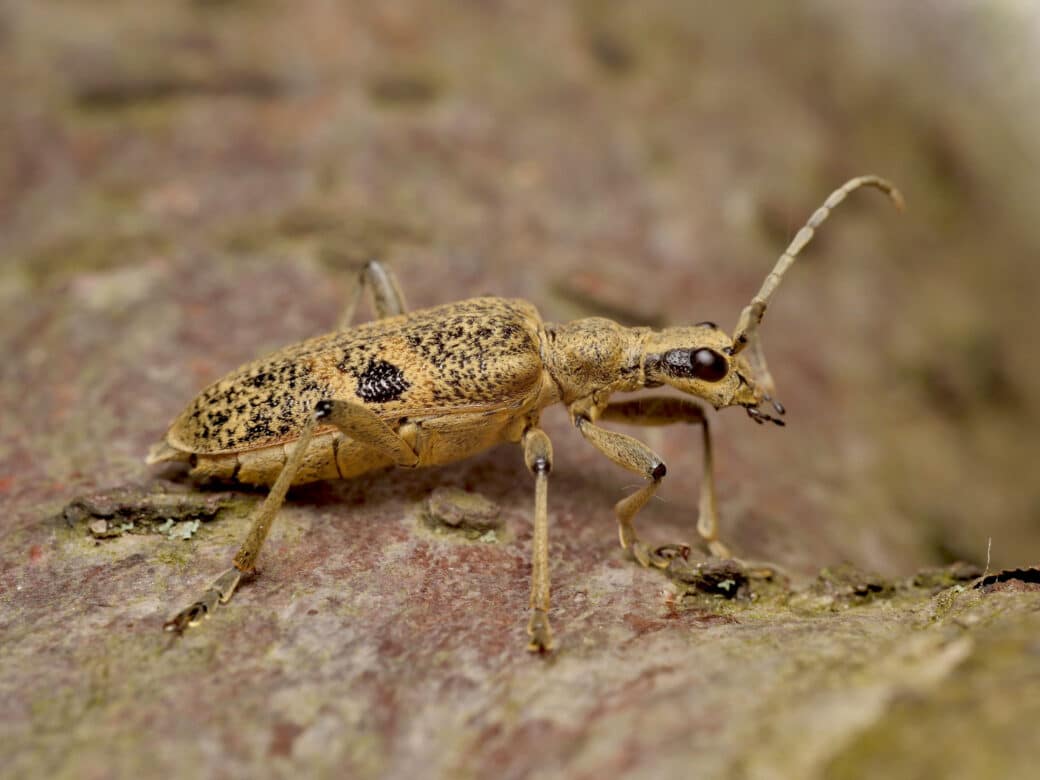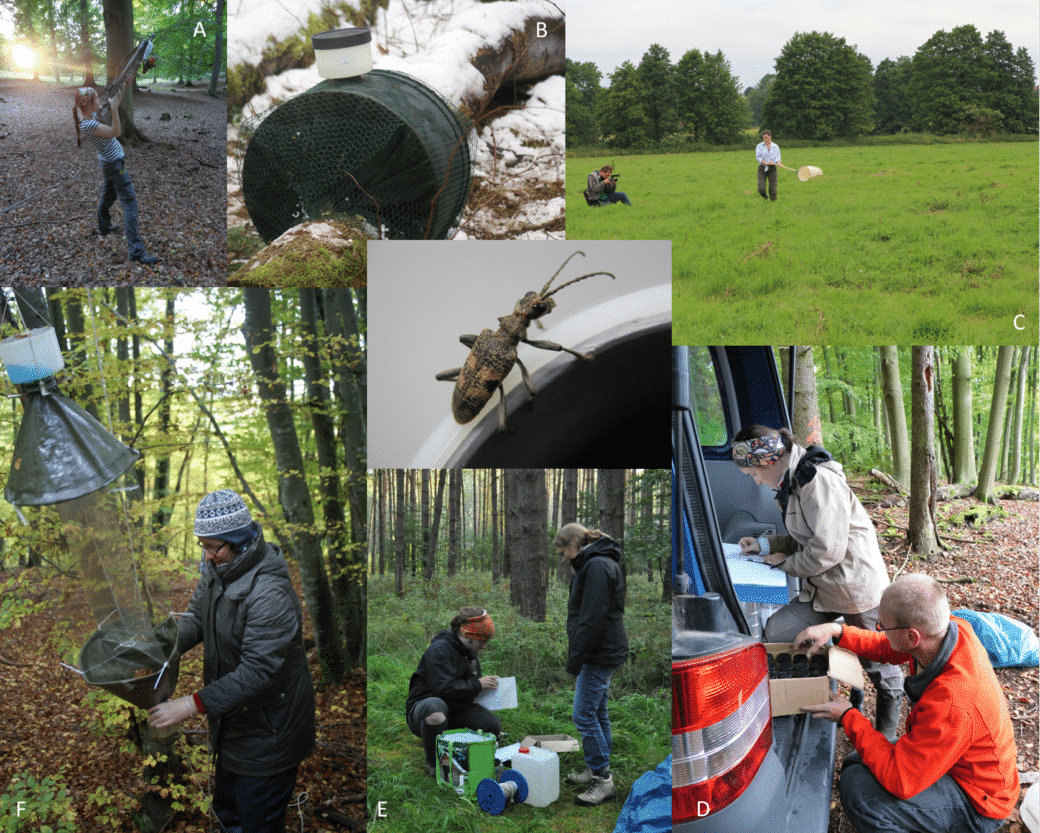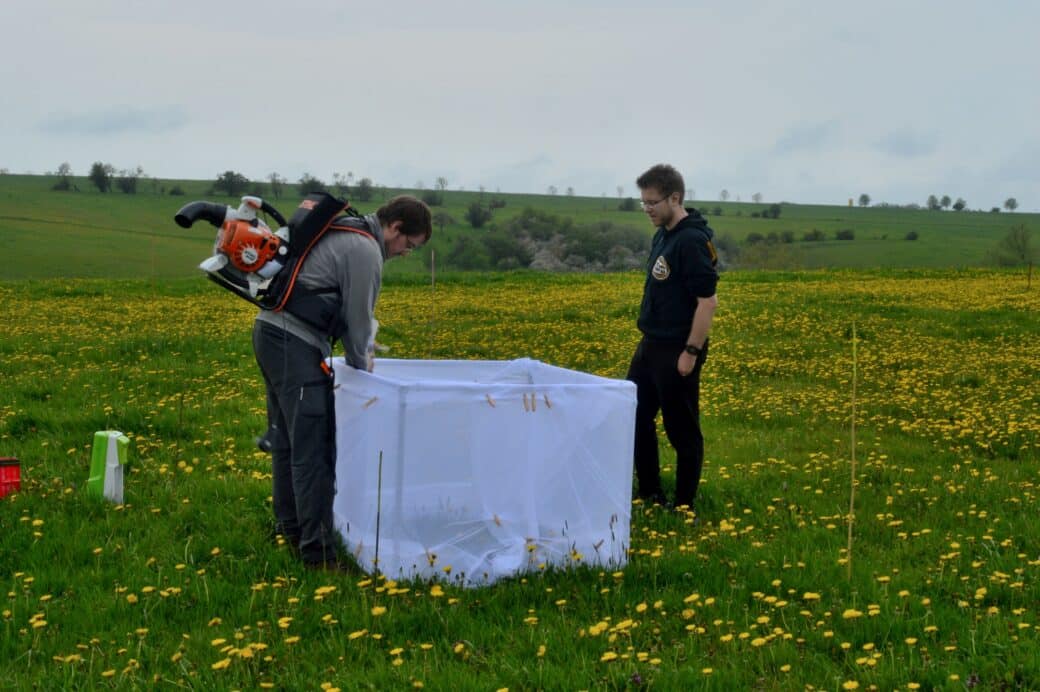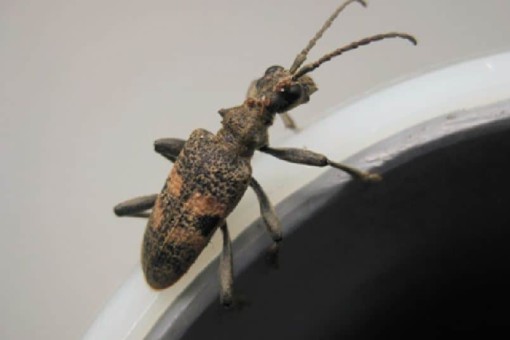Arthropods and arthropod-related processes

Arthropods, especially insects, are the most diverse group of animals on Earth and influence many ecosystem processes. Overall arthropod abundance and diversity as well as the population dynamics of individual species are related to land use. Spatial and temporal changes in land use are, hence, expected to be important drivers of arthropod diversity and ecosystem processes for which arthropods are central. Thus, it is important to conduct long-term monitoring of arthropod communities in grasslands and forests. In addition to monitoring, experimental manipulations are needed to derive causal inference. Arthropods Core in its present form is part of the Biodiversity Exploratories since 2014. The project is the successor of the previous core projects Invertebrates I (2006-2011) and Arthropods I (2011-2014).
- Long-term monitoring of arthropods in grasslands and forests to test for the influence of land-use intensity on arthropod abundance and diversity and changes therein.
- Assembling comprehensive trait data for all collected arthropods to test how species’ characteristics predict relationships with land use.
- Quantifying ecosystem processes, such as seed depletion, dung decomposition and predation, and testing how variation in process rates are related to land use.
- Disentangling the role of saproxylic insects in the decomposition of deadwood as part of the BELongDead experiment.
- Arthropod monitoring in the joint multi-site experiments in forests (FOX) and grasslands (RPs/UPs) to understand the influence of gaps and deadwood (FOX) and of reduced land use (RPs/UPs) on arthropods.
All Core Projects provide important basic information on land use, diversity and ecosystem processes (long-term monitoring). This information is made available to the subprojects in each phase for research into more detailed questions.
Data and services provided by Arthropods Core enable to include comprehensive data on arthropods and ecological processes into other research. In particular, arthropods are sampled in forests and grasslands during the whole vegetation period (March–October) as part of the long-term monitoring. Through this monitoring, we not only can quantify short-term but also long-term effects of land use on arthropod diversity in grasslands and forests. In collaboration with other projects, we conduct time series analyses and examine the influence of the surrounding landscape, of land use and of structural variables on arthropod diversity and ecological processes.
Services in the current phase
In the 7. phase (2023-2026) Arthropods Core provides the following services:
- Annual sampling of flying insects with window traps on forest VIPs (all forest EPs are sampled triennially, in this phase in 2023). Abundance information for many arthropod taxa is provided, Coleoptera and Hemiptera are identified to species.
- Annual sampling of flying insects with window traps in the FOX experiment. Abundance information for many arthropod taxa is provided, Coleoptera and Hemiptera are identified to species.
- Annual sampling of arthropods in all grassland Eps with sweep-netting. Abundance information for many arthropod taxa is provided, various taxa including Araneae, Coleoptera, Hemiptera and Orthoptera are identified to species.
- Biennial sampling of arthropods in grassland experiments (RPs/UPs) with biocoenometer (2023, 2025). Identification of the full community with meta-barcoding.
- Comprehensive trait data (body size, life-history traits) for all collected arthropod species.
- Annual measuring the ecological processes seed depletion, dung decomposition and predation in all VIPs.
- Biennial measurement (alternating) of the ecological processes seed depletion, dung decomposition and predation in the FOX experiment and the grassland experiments (RPs/UPs).
- Coordination of the BELongDead experiment.
- Triannual measuring of wood decay in all BELongDead logs.
- Development and enhancement of methods and tools to analyze land-use intensity and effects (LUI).
Services in previous phases
The same services were provided in the 4th and 5th phase of the exploratories (2014–2020), with the exception of our contributions of FOX and grassland experiments that were initiated in the 6th phase (2020–2023). Additionally, we provide data on ground-dwelling arthropods sampled with pitfall traps (2008–2010) and on canopy arthropods sampled with window traps in tree crowns (2008–2012). In 2017, ecological process data (herbivory, seed depletion, dung decomposition, predation) are available for all EPs. From 2010–2022 saproxylic arthropods in all BELongDead logs were sampled annually with deadwood eclectors. Data on land snails and oribatid mites for almost all EPs are available for 2017.

Among many other important contributions, Arthropod Core provided evidence for large-scale declines of insects in grasslands and forests. Decline in grasslands was more pronounced than in forests and related to species’ dispersal ability and the amount of agricultural land surrounding the plots. For insects in forests, we could show that decline is linked to species’ life history, with large-bodied species, common species and species with high trophic position having declined most. Arthropods Core could also show that there are clear looser and winner species in regard to land-use intensity. Ecological process rates were particularly dependent on climate, and to a lesser extend mediated by land use. The project could also identify tree species whose deadwood can be used to increase the diversity of saproxylic beetles. First results from the grassland experiments indicate that a reduced land-use intensity directly increases the abundance of arthropods.











